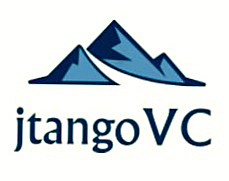How many investments a VC Partner makes a year is critical to know. It greatly drives a firm’s strategy–and, the “kill rate” in a VC portfolio.
That’s because many VCs are already on many boards (read “The Early-Stage Financing Digestion Problem”) and need to ration time.
At Kepha, we believe in being highly selective. Each of us makes one or two investments a year (BTW, 80% of our investments start as seeds). That decision drives our strategy:
- With fewer “shots on goal,” we have an incentive to do our best to assist each company. This means we have a high-commitment strategy. We join Boards. We want to help our entrepreneurs and be their “first call” when they need advice, introductions and recruits
- We set aside funds to invest in each company’s subsequent financing rounds
- We expect losses in the portfolio, but hopefully, less than the industry average
If we instead wanted to make a lot of investments, we would be very different:
- We would try to do 20+ seed investments a year to get statistical validity. We would be hard pressed to take seed-stage board seats–we just wouldn’t have the time
- Since we’re making more investments, we wouldn’t have the capital to invest in each round for each company
- We would budget for a high portfolio abandonment rate–we couldn’t continue to re-invest in all of the companies. We would assume a resulting high “kill rate”
I want to note that there is no one way to do do well in venture capital. Both styles work. There are great examples of fantastic results for each approach. But, each model has a different implication for the entrepreneur.
So, an important question an entrepreneur should ask a VC is this one: “How many investments, including seeds, do you make a year?” The answer will say a lot about a VC firm’s strategy.

Jo, excellent article. I am curious, do you usually find VCs to be at either extremes to be successful (i.e either follow your focused strategy or invest in 20+ firms). Are there firms that are some what in the middle? And if so, how successful are they?
In my own opinion, I personally prefer your more “personalized” and “focused” strategy. During my days as a consultant, many of my clients were VC firms. If given the choice, I would always prefer to work with partners who were deeply invested (time & money) in their portfolios. Makes all the difference!!
Hi Mustafa, thanks for writing. I do find that those two camps dominate. And, there are successes in each group. So, from a business standpoint, each model works. And, I agree with you, we like the focused approach!